Startling Fact: Did you know that over 90% of digital consumers interact with at least five different media channels every single day ? In 2025, simply asking ‘What is a media channel?’ is no longer optional—it’s a question your business must answer to survive, thrive, and outpace competitors. The new era of media platform disruption is rewriting the rules of marketing, communication, and brand growth. Let’s dive into the future and unveil why media channels are the ultimate game changers for brands and audiences alike.
Media Channel Disruption: Unveiling the True Game Changers for 2025
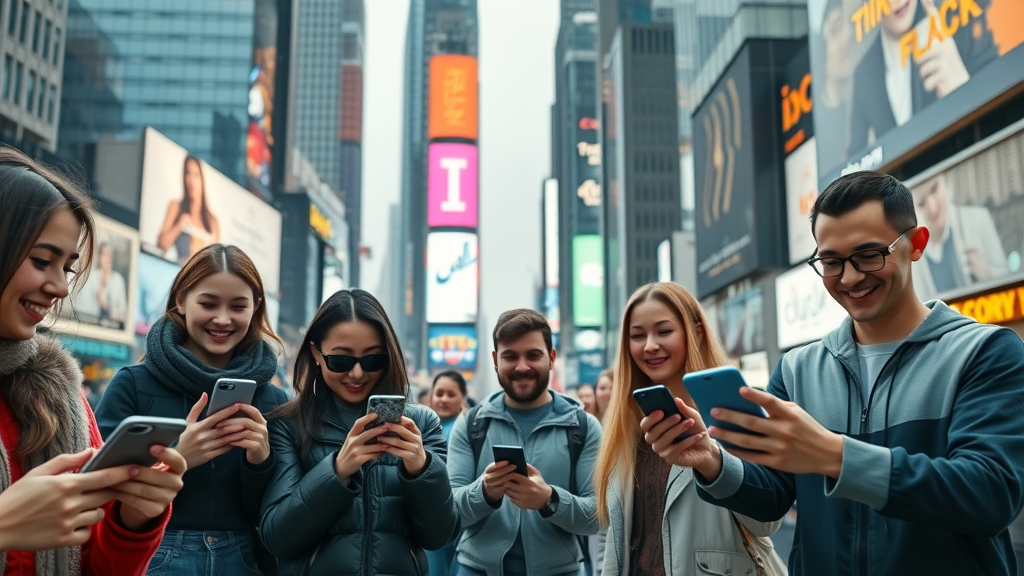
Did you know that over 90% of digital consumers interact with at least five different media channels daily?
Explore why understanding ‘what is a media channel?’ is essential to brand survival and relevance in the rapidly shifting 2025 landscape.
Unpack the ascendance of media platforms and what it means for business and society.
Media channel disruption is set to define success in 2025—changing how brands reach audiences and how consumers experience content. Thanks to the explosive growth of social media platforms , video content, and immersive technologies, never before has the game changer title felt more appropriate for media. The rise in AI tools , enhanced algorithms, and real-time analytics is fueling a seismic transformation: not only are marketing teams using these advanced systems for audience targeting, but they’re also adapting to the pace of emerging platforms at record speed. Meanwhile, the global market is shifting as younger demographics embrace innovative forms of connection, blurring the lines between traditional tv ad campaigns and influencer moments on a trending youtube channel. For businesses, keeping pace with media channel disruption means adopting omni-channel strategies , incessant experimentation, and—crucially—an appetite for generative AI and creative risk-taking. The bottom line : adaptability is the new marketing currency, and those who fail to recognize this transformation risk getting left behind.
Defining What Is a Media Channel? The Complete Breakdown for Modern Brands
From Print to Social Media: The Expanding Universe of Media Channels
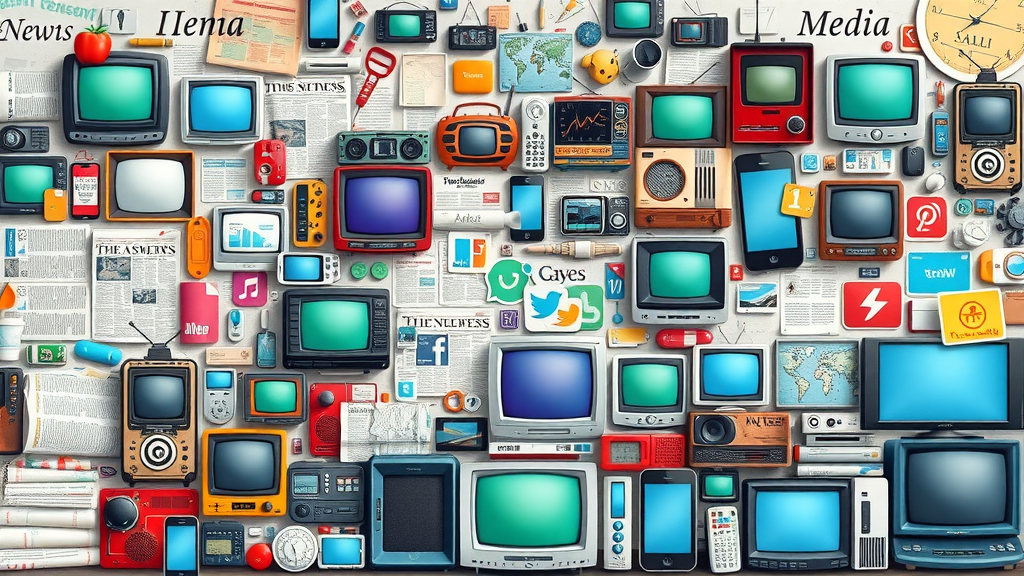
Historical definition and significance of media channels
Key characteristics of traditional, digital, and emerging media platforms
Examples: print, radio, television, web, social media platform, podcasts, YouTube channels
A media channel refers to any method or system used to communicate information to audiences. Traditionally, this meant print, radio, and television—each playing crucial roles in connecting brands with their audiences through TV ads, news segments, and long-form journalism. However, as digital channels emerged, the definition of a media channel expanded. Now, platforms like blogs, websites, podcasts, YouTube, and the ever-powerful social media platform —spanning Instagram, TikTok, and Facebook—completely shape the way we receive content and advertising.
Today’s media platforms share three essential characteristics: reach (the size and diversity of potential viewers), engagement (the level and quality of interaction), and measurability (access to real-time analytics unprecedented in the age of TV advertising and print). A YouTube channel , for example, can draw millions to a product launch overnight, while a viral post on a social media platform can shift public perception in minutes. Whether you’re a marketer, entrepreneur, or consumer, understanding the strengths and limitations of each media channel is now foundational for business growth and savvy content creation.
In 2025, brands must acknowledge not just the power, but the diversity, of modern channels. Podcasts bring intimacy and on-demand influence; digital out-of-home screens (DOOH) deliver contextual relevance in the physical world; and OTT streaming platforms let audiences binge-watch across devices. The future belongs to those who master the integration of these evolving channels, ensuring no touchpoint is wasted in the race for brand awareness.
Core Elements: What Makes a Media Channel a True Game Changer?
Accessibility and technology
Consumer engagement and community-building
Attribution and analytics in 2025
A game changer media channel isn’t just about broadcasting messages—it’s about fostering genuine two-way connections, leveraging technology, and providing meaningful measurement. Accessibility is key: platforms that are intuitive and available across devices succeed by giving every audience member a seat at the table. As AI adoption grows, ai tools will streamline targeting and content delivery to ensure users receive highly relevant material, whether that’s a TV ad, podcast episode, or viral video.
Consumer engagement transforms passive viewers into active participants. The best media channels foster community-building through comment sections, retweets, stories, and live streaming—turning content into conversation. With tools for attribution and analytics advancing at lightning speed, marketing teams in 2025 can track every user journey. This means understanding, at a granular level, which channel (or combination) drives conversions, builds brand awareness , and improves the overall user experience.
The core elements that set apart modern media channels in 2025 are not just measured in views or clicks, but in the depth of audience connection and the actionable insights derived from every touchpoint. The most successful businesses and marketing teams will be those that use data and technology to tailor content, engage audiences meaningfully, and optimize for the bottom line.
Social Media as a Media Channel: Transforming Communication and Influence
Defining the role of the social media platform
The rise of video content and the social media algorithm
Viral trends, micro-content, and influence

No discussion of modern media channels is complete without social media. Social media platforms like Instagram, TikTok, Facebook, and Twitter have transcended their origins as niche communities or status-sharing networks—today, they’re central engines of public discourse, creativity, and influence. The unique blend of real-time dialogue, visual storytelling, and video content —combined with sophisticated algorithms and generative AI for content discovery—has rewritten the rules of influence and connection. It is the ultimate media platform , thriving on viral trends and short-form, micro-content.
The social media channel’s greatest strengths lie in its instantaneity and interactivity : brands and audiences can participate in a global conversation, react to world events as they happen, and co-create the digital narrative. The social media algorithm determines who sees what in their feed, optimizing for engagement and relevance. As a result, the most successful content is that which is timely, targeted, and authentic—qualities that marketers and content creators must now prioritize if they hope to achieve meaningful reach.
Additionally, new forms of brand storytelling—Instagram Stories, TikTok challenges, live video Q&As—allow for authentic and unfiltered engagement, changing how products and services are experienced. Social media as a media channel is, quite simply, a continuous focus group shaped by viral moments, where influencers redefine celebrity and everyday users become the trendsetters.
Media Channel Categorization: Table Comparing 2025’s Key Media Platforms
Channel Type |
Platform Example |
Reach |
Engagement Rate |
Ideal Use-Case |
|---|---|---|---|---|
Print Media |
Newspapers, Magazines |
Moderate (declining) |
Low |
Local news, in-depth journalism, legacy branding |
Radio |
FM, Streaming Radio |
Large |
Medium |
Commuter audiences, local engagement, talk shows |
TV |
Broadcast, Cable |
Very High |
Low to Medium |
Mass reach, high-impact TV ad, event marketing |
YouTube Channel |
YouTube |
Huge (global) |
High |
Video content creation, community building, tutorials |
Social Media Platform |
Instagram, TikTok, Facebook |
Massive (global) |
Very High |
Brand awareness, influencer marketing, viral campaigns |
Podcast |
Spotify, Apple Podcasts |
Growing |
Medium to High |
Thought leadership, storytelling, niche audiences |
Streaming (OTT) |
Netflix, Hulu |
Vast (global) |
Medium |
Binge content, serialized storytelling, targeted ads |
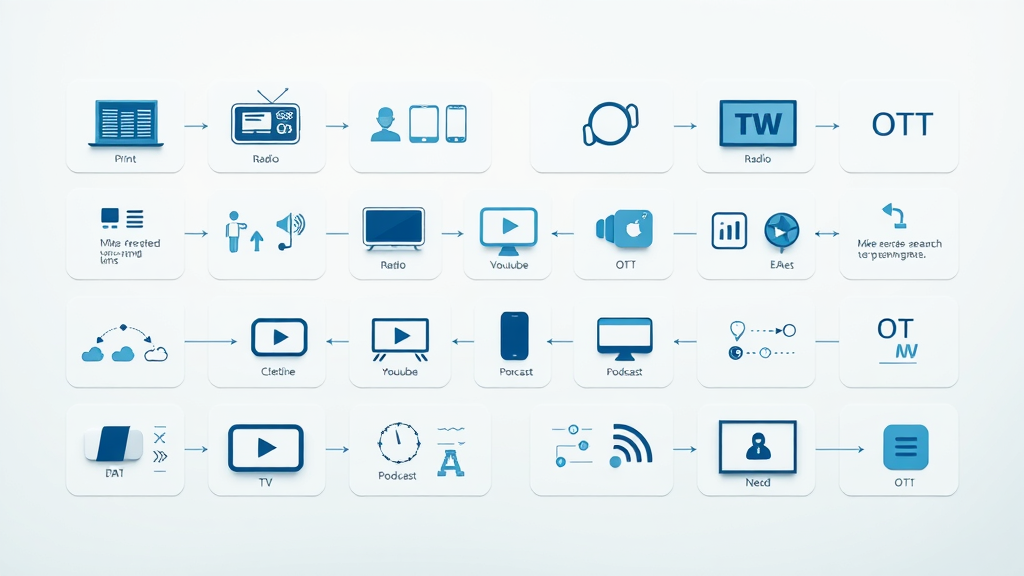
The Impact of Media Channels on Brand Awareness and Growth
Why Every Marketer Needs to Ask, 'What Is a Media Channel?' in 2025
Channels as the foundation of cross-platform campaigns
The necessity for seamless brand messaging
Achieving maximum brand awareness with omni-channel presence

In 2025, the savviest marketers know that media channels are the backbone of effective marketing. The classic days when a straightforward TV ad or a single billboard could capture the mass market are rapidly fading. Today, lasting brand awareness is only possible through coordinated cross-platform campaigns —where messaging is seamless, personalized, and leverages the reach of every available media platform. Social media channels, YouTube, podcasts, and OTT platforms all play a unique role in making sure no target audience is left behind.
This shift means brands need to build comprehensive media channel strategies that break down silos between teams and content types. Omni-channel presence isn’t just for headline brands—every business needs to embrace the fusion of video, interactive content, and influencer collaborations. Executing campaigns across multiple media platforms ensures your message is not only seen but also remembered, shared, and talked about. For brands, mastering media channel diversity is more than survival—it’s how you achieve real business growth in a world where user experience and multi-touch engagement determine the winner.
The bottom line : To maximize brand awareness , marketers must prioritize partnerships, data-driven strategies, and content tailored to the strengths of each channel. In doing so, brands become unforgettable—not just visible—in the crowded digital marketplace.
Case Study: How Social Media and YouTube Channels Became Industry Game Changers
"In today’s world, the most successful companies are essentially media companies." — Leading Digital Strategist
Pivot to video and short-form content
Community-building via comments, stories, and live engagement
Rise of influencer marketing across social networks

In recent years, the rise of youtube channels and social media platforms has demonstrated the transformative potential of media in redefining industries. For example, the explosion of short-form video on TikTok and Instagram Reels has sparked new forms of authentic content , giving marketers a direct line to the target audience and the ability to create trends overnight. Companies that once poured resources into traditional TV advertising now focus on creating shareable video content, partnering with influencers, and building online communities.
YouTube channels, in particular, allow brands and individuals to educate, entertain, and inspire millions with cost-effective production and unrivaled distribution. The power of the comment section, live events, and community features makes YouTube a standout example of how media channels become platforms for community-building and customer engagement. Meanwhile, influencer marketing has grown into a multi-billion-dollar industry, with influencers often serving as more trusted messengers than even the brands themselves.
These shifts highlight the necessity of adapting content creation to fit diverse media platforms. The legacy of the TV ad is being reimagined for an era where live engagement and viral authenticity drive the bottom line. The game changer is no longer the ad slot—it’s the creator, the story, and the community built around your brand’s message.
Why Media Channel Strategy Is a Game Changer for Marketers and Brands
The Role of Data, Technology, and Targeting in Media Channel Selection
Use of AI/automation for audience segmentation
Dynamic content adaptation by channel
Evaluating ROI: metrics to measure channel performance

Selecting the right media channel is as much about science as it is about art. AI tools and automation help brands segment audiences and deliver personalized messages at scale, increasing both impact and efficiency. In 2025, it’s common for businesses to leverage AI adoption and generative AI to adapt campaigns dynamically—optimizing for user experience across TV, podcasts, web, and social media platforms. This ensures that every content touchpoint serves both brand awareness and direct conversion goals.
Today’s metrics go beyond clicks and impressions. Businesses closely monitor engagement rates , share-of-voice, and sentiment analytics to understand which content performs best on each media platform. ROI is based on holistic campaign performance, not just short-term conversion. Marketing teams regularly refine their strategy, iterating on creative approaches, technology partners, and storytelling techniques to keep pace with changing audience preferences.
The key takeaway is that media channel strategy—powered by real-time data and advanced tech—is what sets market leaders apart. When businesses measure what matters and embrace new channels, they unlock opportunities for deeper brand awareness, stronger user experience, and increased revenue.
Brand Awareness, Virality, and the Bottom Line
Why the 'bottom line' depends on media platform selection
How viral moments on social media platforms shift revenue models
For most businesses, the bottom line now depends on smart media platform selection. Viral moments on social media platforms can shift entire revenue models overnight: a single viral TikTok or trending YouTube channel video can generate demand for products and services at a scale traditional media never dreamt of. With global competition intensifying, maximizing the impact of each channel is crucial for sustained business growth.
Virality, however, is not just about luck—it’s the product of consistent content creation, community engagement, and data-driven optimization. By evaluating which channels produce the best ROI and by doubling down on those platforms, brands can future-proof their reach and revenue, even as the media ecosystem evolves. The smartest marketers understand that media platforms are the new storefronts—and the new word-of-mouth.
Whether through a high-impact TV ad, a breakout social media campaign, or strategic partnerships with top content creators, achieving brand awareness is inextricably linked to mastering media channel strategy. In 2025, your channels are your destiny.
Future Trends: Where Are Media Channels Headed in 2025 and Beyond?
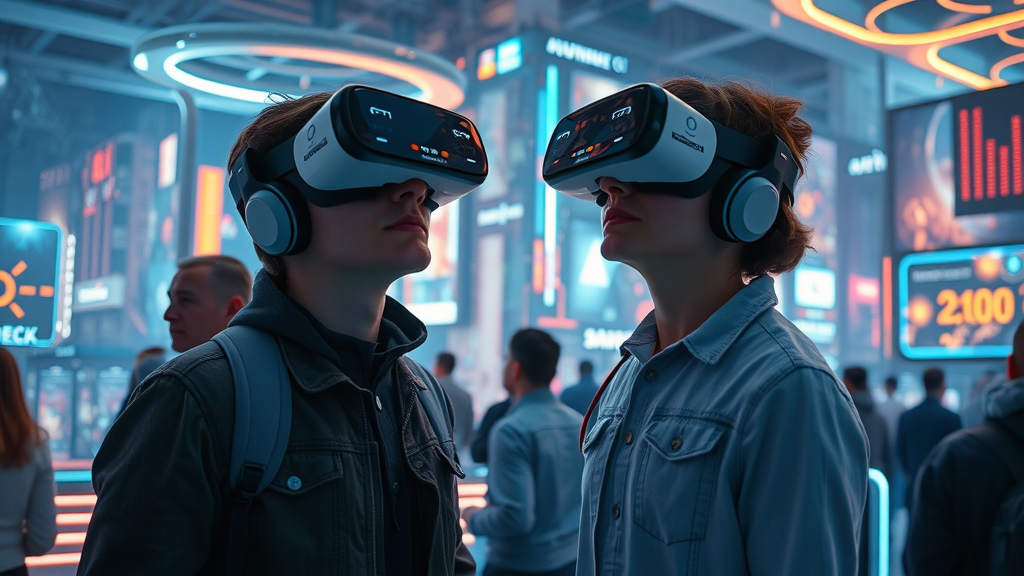
Rise of immersive content: AR, VR, and interactive experiences
The convergence of social media, ecommerce, and entertainment
The rapid emergence of community-driven platforms
Looking ahead, the next game changer will be immersive content. Augmented reality (AR), virtual reality (VR), and interactive experiences are quickly becoming mainstream as the hardware becomes more accessible and affordable. In 2025, we’ll see the convergence of social media platforms , ecommerce, and entertainment—a world where users shop, play, learn, and communicate within seamless media ecosystems.
Emerging media platforms are defined by community: Discord groups, niche forums, and hybrid virtual-physical spaces are blossoming, creating micro-communities with immense influence over trends and purchasing decisions. Brands will need to not only be present on these platforms but actively participate—co-creating with users, hosting virtual events, and delivering value far beyond the traditional ad.
Staying at the forefront means embracing experimentation and agility, especially as generative AI and ai tools rapidly evolve. Innovators who move quickly—and authentically—will define the new era of content creation and user experience.
Master List: 11 Modern Examples Answering 'What Is a Media Channel?'
Social Media Platforms (e.g., Instagram, Facebook, TikTok)
YouTube Channels
Podcasts
Livestream platforms (e.g., Twitch)
Blogs and digital publications
Print magazines and newspapers
Television (broadcast and streaming)
Radio (FM, internet radio, streaming)
OTT Platforms (Netflix, Hulu)
Messaging apps (WhatsApp, Telegram)
Digital Out-of-Home (DOOH) screens
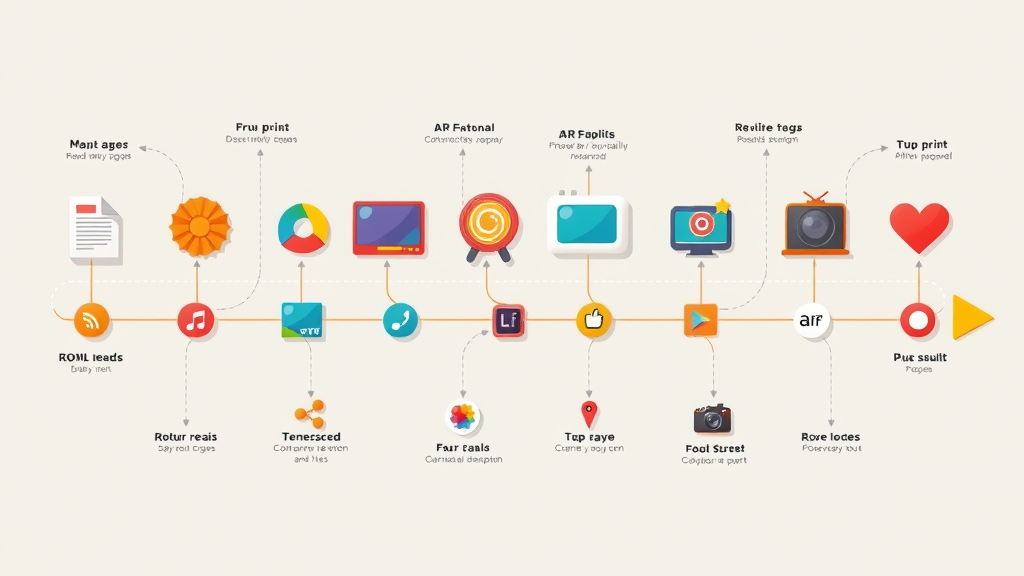
Expert Opinions: Game-Changer Quotes on Media Channel Evolution
"Every interaction on a media platform is a potential turning point for brand awareness." — Industry Insider
"The most valuable real estate in 2025 may be the first frame of a viral video or the top spot on a social media feed." — Media Futurist

Animation showing the journey of a brand across multiple media channels
Infographic-style explainer video breaking down key statistics about multi-channel engagement
People Also Ask: Most Pressing Questions About Media Channels in 2025
What are the main types of media channels in modern marketing?
The main types include traditional media (print, radio, TV), digital media platforms (websites, blogs), social media channels, video platforms like YouTube, podcasts, and emerging channels like OTT.
Why are media channels so impactful for brand awareness?
They enable multi-touch engagement, offer targeted reach, support two-way communication, and amplify brand messaging across audiences.
How do social media platforms differ from other media channels?
Social media channels allow instantaneous, interactive communication, high personalization, and rapid content virality, outperforming many traditional platforms.
What role will media channels play in the digital future?
They will shape consumer attention, data-driven audience segmentation, and the convergence of content, commerce, and community.
Key Action Steps for Brands in a Multi-Channel World
Audit existing media channel presence
Research and prioritize emerging social media platforms
Invest in content tailored to each media platform
Secure meaningful brand partnerships
Monitor analytics and pivot rapidly
Essential FAQs on 'What Is a Media Channel? The Complete Breakdown (And Why It’s a Game-Changer in 2025)'
What differentiates a media channel from a media platform?
How do brands measure success across new channels?
Are influencer channels as important as brand-owned media?
What is the first step to creating a multi-channel strategy?
Can traditional media still be a game changer in 2025?
Five Biggest Takeaways to Remember for 2025
Knowing ‘what is a media channel?’ is non-negotiable for future-facing brands
Social media and video platforms dominate the new media ecosystem
Brand awareness is intricately tied to channel strategy
The line between platforms, influencers, and channels is blurring
Media channels are the true game changers for next-generation marketing
Summing Up: The Bottom Line on Why Media Channels Are 2025’s Ultimate Game Changer

Recap the importance of asking, "What is a media channel?" for business adaptability
Emphasize the ongoing evolution of the media platform landscape
Encourage brands and marketers to innovate, iterate, and go multi-channel for the win in 2025—and beyond
Call to Action: Want to future-proof your brand? Start rethinking your media channel strategy—embrace multi-channel, go where your audience is, and be ready to innovate for the ultimate win in 2025!
In 2025, the media landscape is undergoing a significant transformation, with creator-led platforms reshaping content production and distribution. The article “Top 4 Trends Set to Disrupt the Media Industry in 2025” highlights how platforms like Patreon, YouTube, and Substack empower individual creators to build direct relationships with audiences, bypassing traditional media gatekeepers. ( kadence.com ) Additionally, “Creator Platforms Will Surpass Traditional Media in Ad Revenue 🚀” discusses the anticipated shift where platforms such as YouTube, TikTok, and Instagram are projected to generate more ad revenue than traditional media for the first time, reflecting changing consumer behaviors and the growing influence of digital creators. ( lindseygamble.beehiiv.com ) For a comprehensive understanding of these evolving dynamics, these resources offer valuable insights into the future of media channels.
 Add Row
Add Row  Add
Add 




Write A Comment